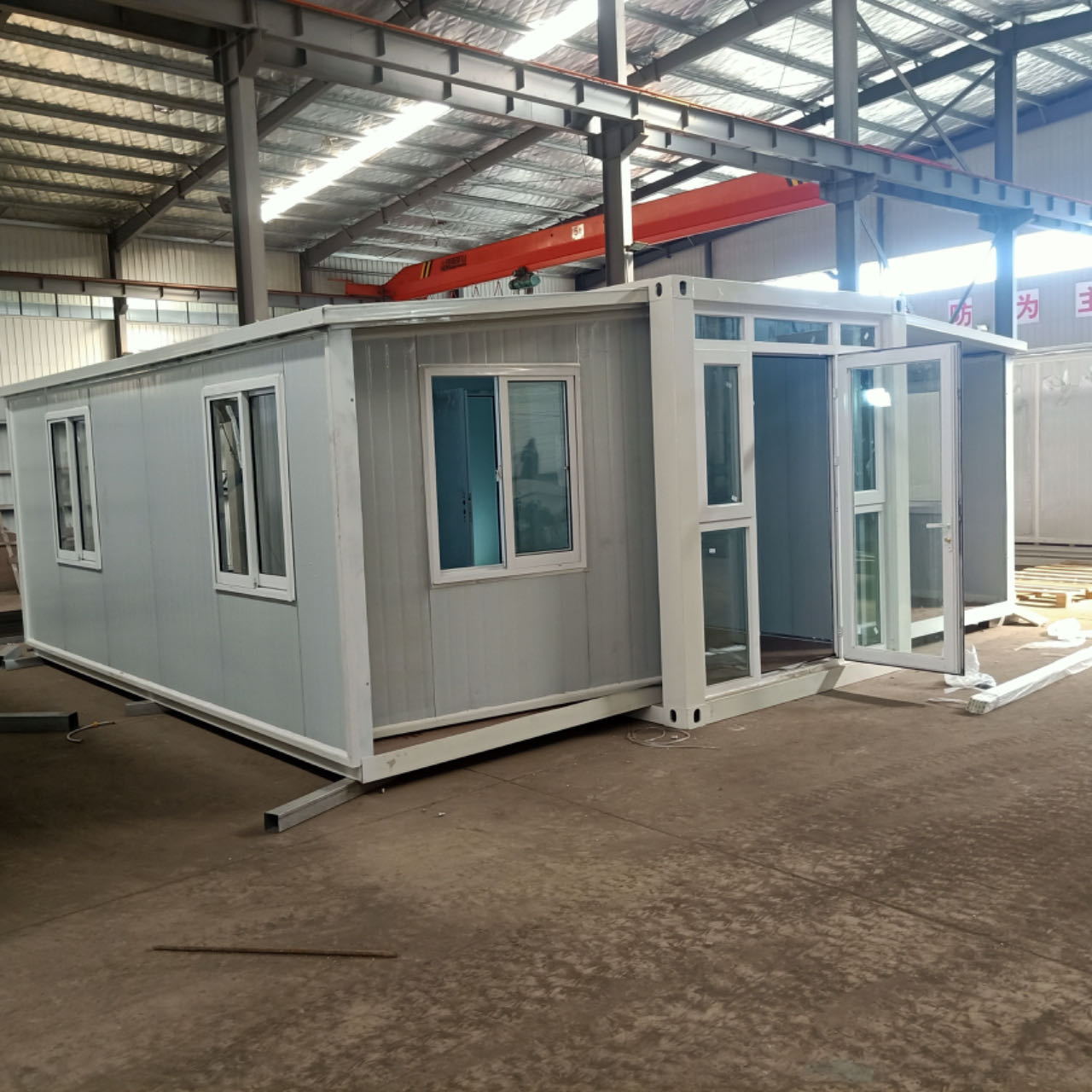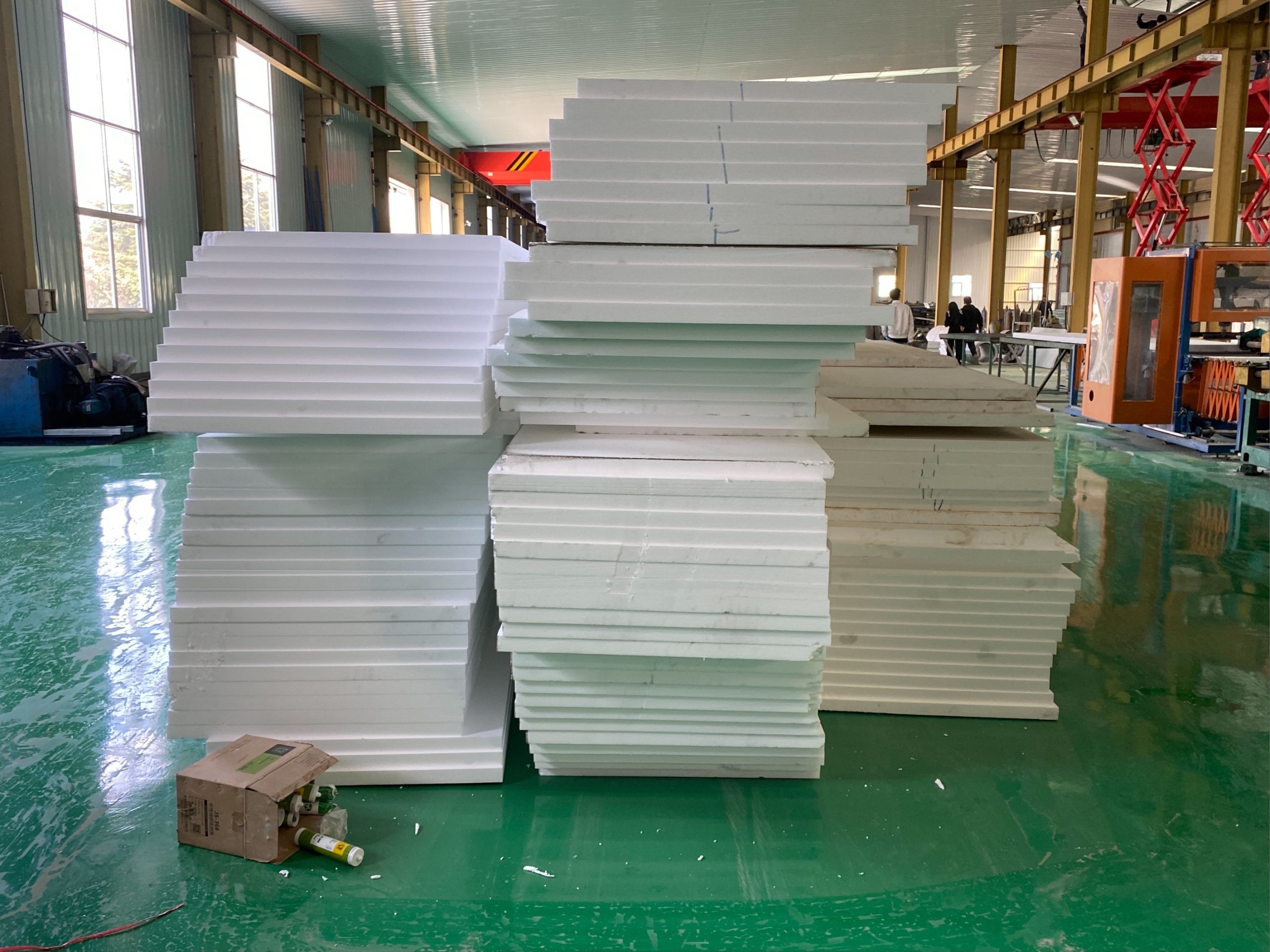Table of Contents
Benefits of Implementing Life Cycle Management in Green Building Projects
Life cycle management is a crucial aspect of green building projects, especially when it comes to the technological innovation of Steel Structures. Steel is a popular material in construction due to its strength, durability, and versatility. However, the production of steel can have a significant environmental impact, making it essential to consider the entire life cycle of steel structures in green building projects.
One of the key benefits of implementing life cycle management in green building projects is the ability to reduce the environmental footprint of steel structures. By considering the entire life cycle of a steel structure, from production to end-of-life disposal, project managers can make informed decisions that minimize environmental impact. This includes choosing sustainable sources of steel, optimizing design to reduce material waste, and implementing Recycling programs to extend the life of steel structures.
In addition to reducing environmental impact, life cycle management can also Lead to cost savings in green building projects. By considering factors such as maintenance, energy efficiency, and end-of-life disposal, project managers can identify opportunities to reduce long-term costs associated with steel structures. For example, by choosing high-quality, durable steel materials and implementing energy-efficient design features, project managers can reduce maintenance costs and energy consumption over the life of a building.
Furthermore, life cycle management can also help project managers meet sustainability goals and certifications in green building projects. Many green building certifications, such as LEED and BREEAM, require a comprehensive approach to sustainability that includes considerations for the entire life cycle of building materials. By implementing life cycle management practices for steel structures, project managers can demonstrate a commitment to sustainability and improve their chances of achieving certification.

Technological innovation plays a crucial role in the life cycle management of steel structures in green building projects. Advances in technology have led to the development of new steel materials and construction techniques that can improve the sustainability and performance of steel structures. For example, the use of high-strength, low-alloy (HSLA) steels can reduce the amount of material required for a steel structure, leading to cost savings and environmental benefits.
Additionally, technological innovation has led to the development of new construction methods, such as modular construction and building information modeling (BIM), that can improve the efficiency and sustainability of steel structures. Modular construction allows for faster and more efficient assembly of steel structures, reducing construction time and waste. BIM technology enables project managers to visualize and optimize the design of steel structures, leading to improved energy efficiency and performance.
Overall, the combination of life cycle management and technological innovation is essential for maximizing the sustainability and performance of steel structures in green building projects. By considering the entire life cycle of steel structures and leveraging technological advancements, project managers can reduce environmental impact, save costs, and achieve sustainability goals. As the demand for green building projects continues to grow, it is crucial for project managers to prioritize life cycle management and technological innovation in the design and construction of steel structures.
The Role of Technological Innovation in Steel Structure Design for Sustainable Green Buildings
Steel structures have long been a popular choice in the construction industry due to their strength, durability, and versatility. In recent years, there has been a growing emphasis on sustainability and green building practices, leading to a shift towards more environmentally friendly construction materials and methods. As a result, the role of technological innovation in steel structure design for sustainable green buildings has become increasingly important.
One key aspect of sustainable building design is life cycle management, which involves considering the environmental impact of a building throughout its entire life cycle, from construction to demolition. Steel structures are known for their long lifespan and recyclability, making them a sustainable choice for green buildings. However, technological innovation has further enhanced the sustainability of steel structures by improving their energy efficiency, reducing their carbon footprint, and increasing their recyclability.
One example of technological innovation in steel structure design is the use of high-strength steel alloys, which allow for lighter and more efficient structural elements. By using these advanced materials, designers can reduce the amount of steel needed for a building, resulting in lower energy consumption during construction and a smaller carbon footprint. Additionally, high-strength steel alloys can be recycled more easily than traditional steel, further reducing the environmental impact of a building.
Another important aspect of technological innovation in steel structure design is the use of Building Information Modeling (BIM) Software. BIM allows designers to create detailed 3D models of a building, which can be used to optimize the design and construction process. By simulating different scenarios and analyzing the environmental impact of various design choices, designers can make informed decisions that minimize the environmental footprint of a building. BIM also allows for better coordination between different trades and disciplines, leading to more efficient construction processes and reduced waste.
In addition to high-strength steel alloys and BIM software, other technological innovations are also playing a role in the sustainable design of steel structures. For example, the use of prefabricated steel components can reduce construction waste and improve construction efficiency. Advanced welding techniques and coatings can also extend the lifespan of steel structures, reducing the need for maintenance and repair over time.

Overall, the role of technological innovation in steel structure design for sustainable green buildings is crucial in achieving the goals of sustainability and environmental responsibility. By incorporating advanced materials, software, and construction techniques, designers can create buildings that are not only strong and durable but also energy-efficient, environmentally friendly, and cost-effective. As the construction industry continues to evolve towards more sustainable practices, technological innovation will play an increasingly important role in shaping the future of steel structure design.
